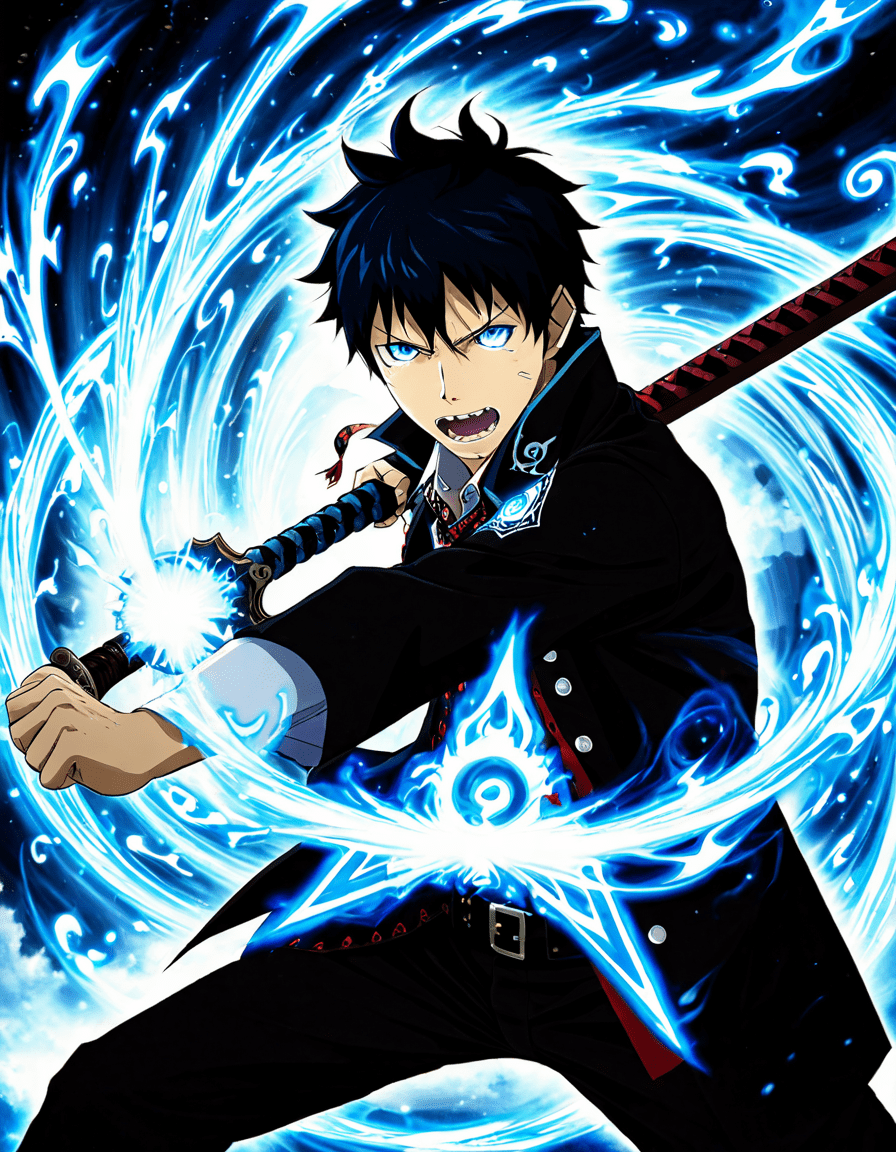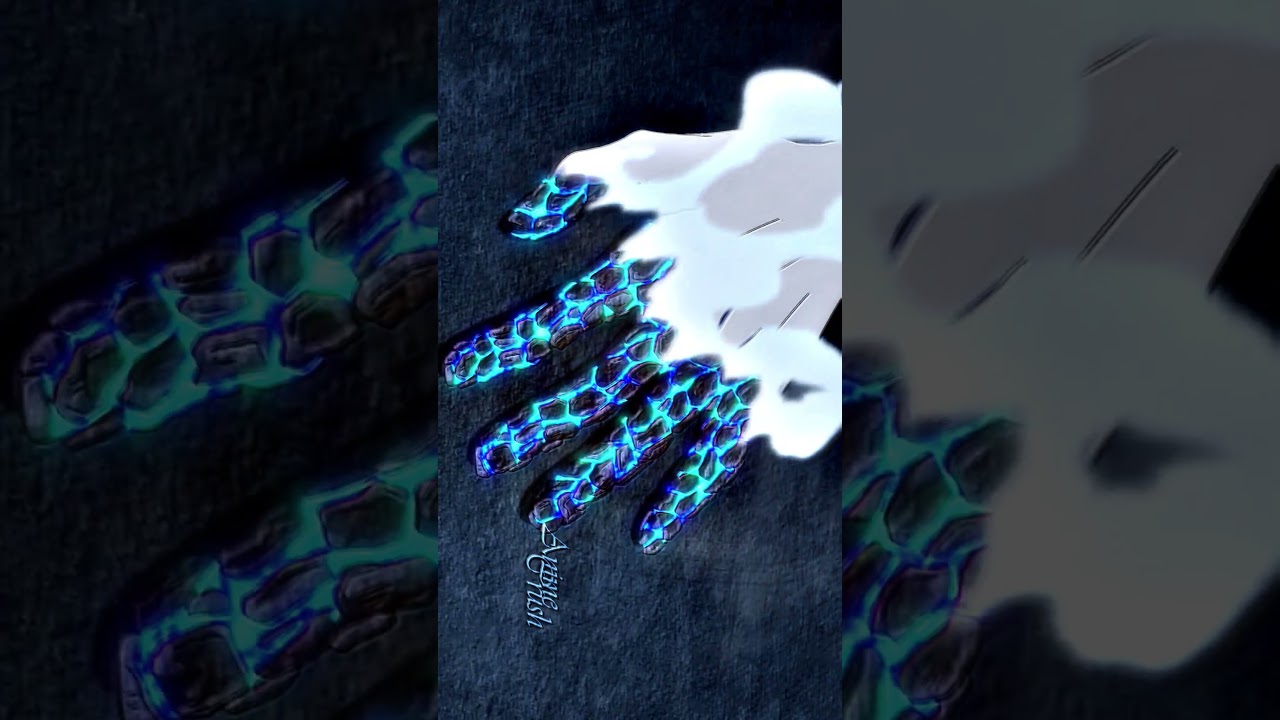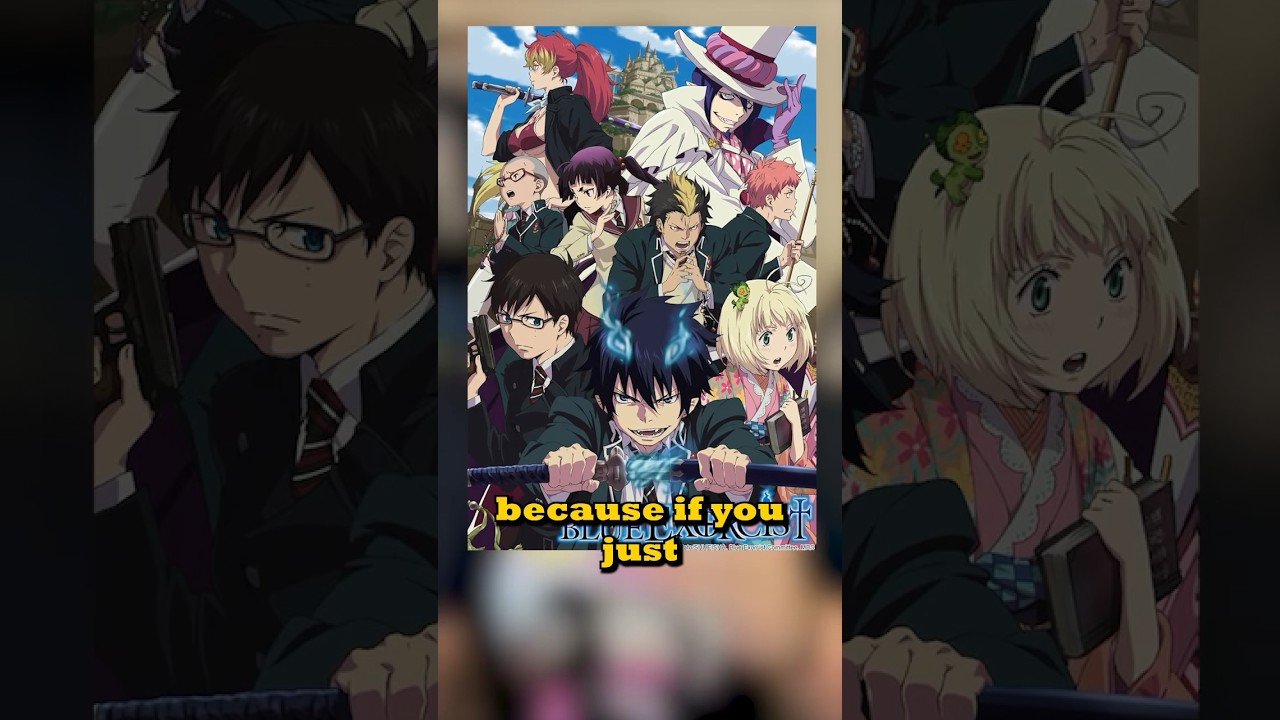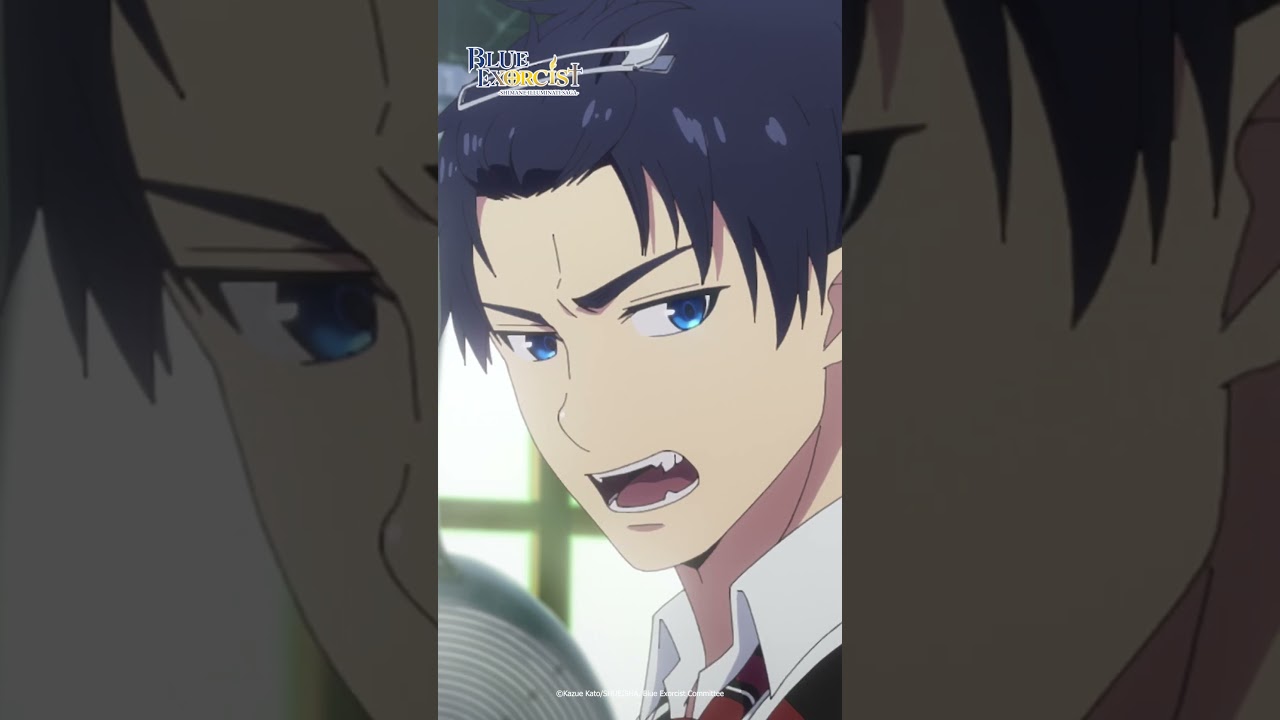The Blue Exorcist franchise, which originates from Kazue Kato’s manga, offers a captivating world brimming with demons and supernatural power. At its core, we follow Rin Okumura, the son of Satan, as he navigates life with a goal of becoming an exorcist in a realm riddled with otherworldly beings. It’s a tale of good versus evil, but also one of personal identity and the complicated ties of family. By intertwining these themes, Blue Exorcist captivates audiences not just with action and thrills, but with an emotional depth that resonates deeply, reflecting our own human struggles.
Throughout the series, the battle against darkness presents us with deep-rooted themes of love, acceptance, and ultimately, redemption. As viewers immerse themselves in Rin’s quest, they might even find themselves pondering their own internal demons. Let’s face it—who hasn’t felt a little like a conflicted half-demon juggling their way through life?
The Heart of the Blue Exorcist: Understanding the Core Themes
The intricate dynamics in Blue Exorcist serve as a fascinating backdrop that elevates the narrative beyond mere fantasy. The central conflict—a young man embracing his demonic heritage while striving to fight against it—is something many of us can relate to on a personal level. The series challenges us to confront our darker sides, pushing us to embrace our identities fully, regardless of societal expectations or family legacies.
An essential component of Blue Exorcist is the examination of family dynamics. Rin’s relationship with his brother Yukio complicates the narrative further, reflecting real-life sibling rivalries and the burden of expectations. Their battles are not just against external forces but also against the pain and challenges of being family in a tumultuous setting.
Moreover, the series delves into the concept of power—what it means to wield it and how it can corrupt or heal. Rin wrestles with his demonic capabilities, and through this journey, we contemplate our own powers and responsibilities. It’s more than just slaying demons; it’s about understanding oneself in a chaotic universe where good and evil constantly clash.
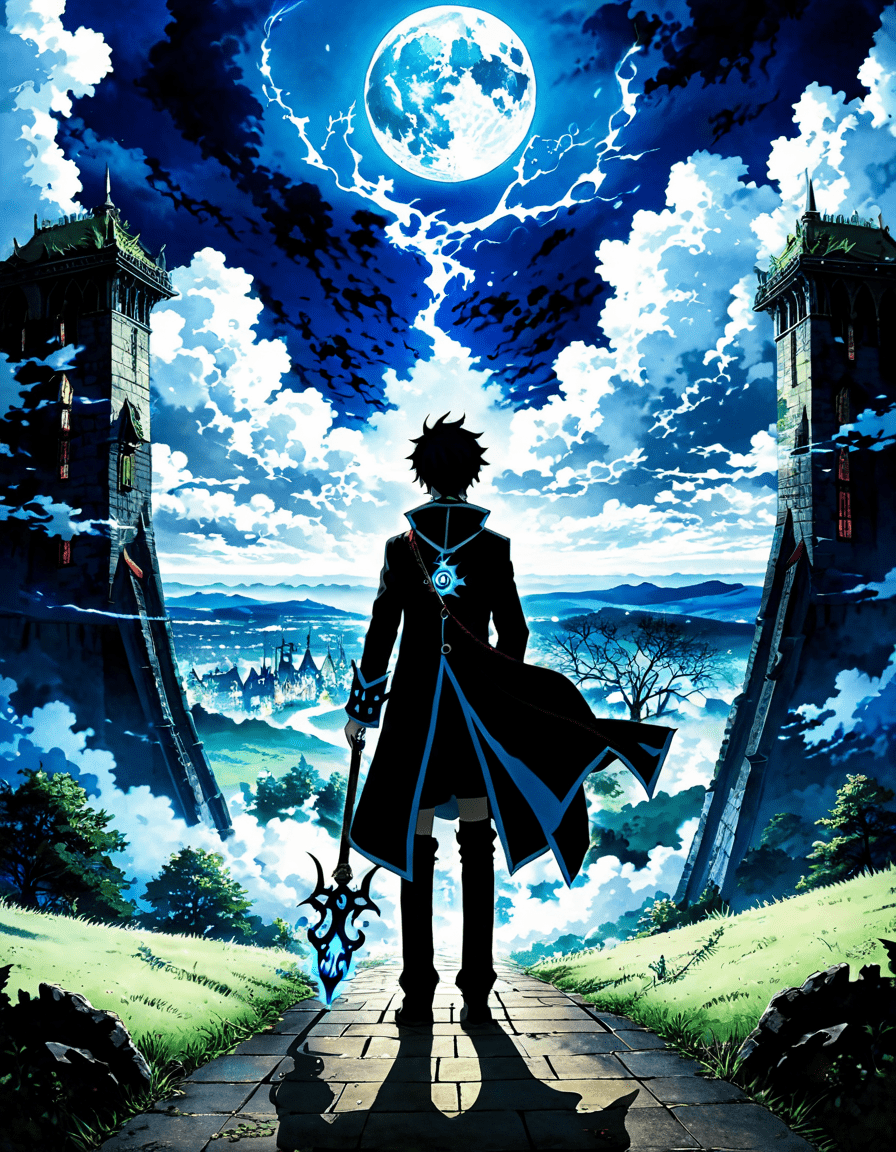
Top 5 Iconic Demons in the Blue Exorcist Universe
Blue Exorcist stands out not only for its characters but also for its distinct portrayal of demons. They are reflections of humanity’s fears, desires, and inner conflicts. Here’s a look at five iconic demons from this thrilling series:
The Exorcism: A Cultural Touchstone in Blue Exorcist
The idea of exorcisms has long been rooted in cultural lore, and Blue Exorcist embraces this rich tradition while breathing new life into it. Exorcism in this series is portrayed not only as a battle against evil forces but also as a means of personal evolution. By confronting their demons, both real and metaphorical, characters learn valuable lessons that resonate with us all.
Throughout the series, the exorcism scenes are not merely about casting out darkness. They emphasize the importance of facing one’s fears, evolving through struggle, and accepting oneself despite imperfections. This layered approach enriches the narrative, transforming traditional horror elements into profound life lessons.
Engaging with these themes, Blue Exorcist provides a refreshing take on the exorcist mythos. No longer do we just see battles of good versus evil; we witness emotional struggles that reflect how exorcism can be a rite of passage for personal growth. Just as the original Exorcist terrorized audiences, Blue Exorcist invites us to reflect on our own fears and challenges.
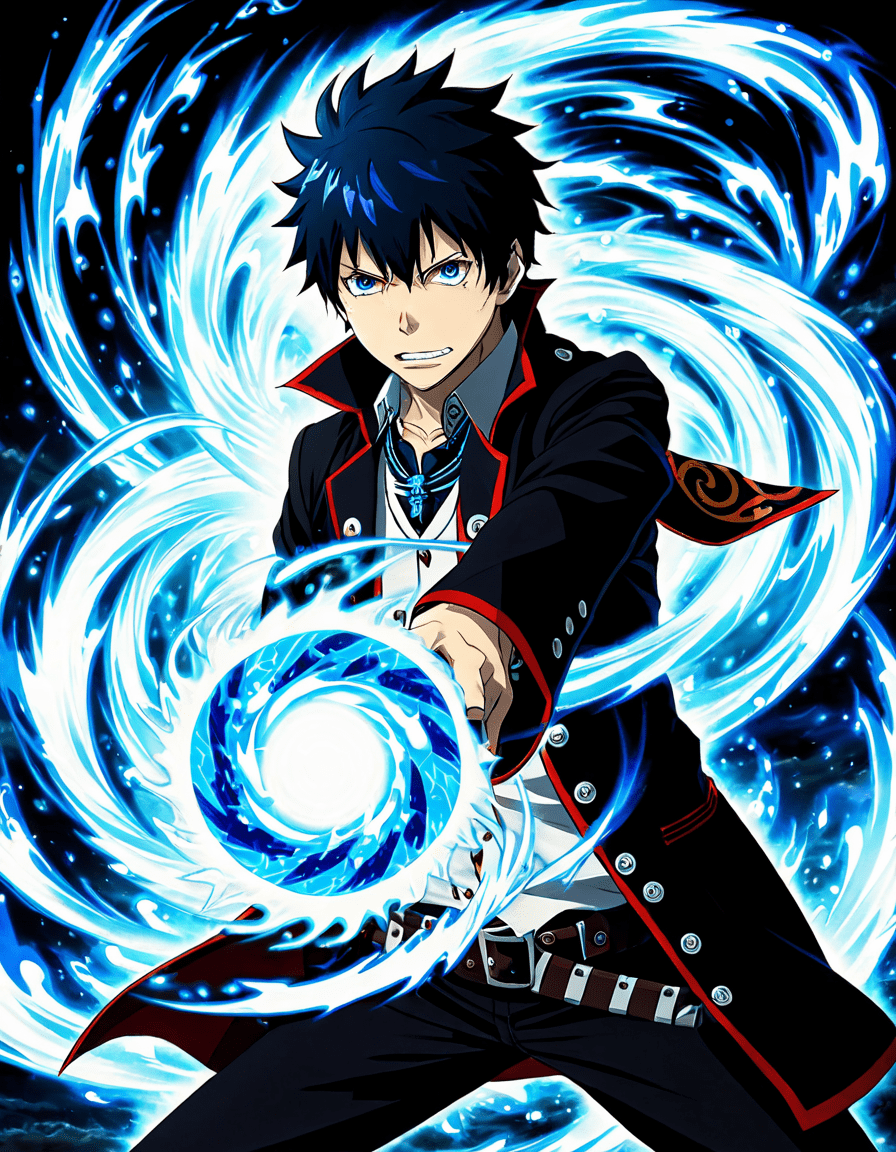
Charlatan or Savior? The Role of Exorcists in Society
In the enchanting backdrop of Blue Exorcist, exorcists wield both power and scrutiny. This multifaceted role mirrors real-life perceptions of exorcists as saviors for some, and charlatans for others. The series dives deep into this dichotomy, presenting exorcists as complex characters grappling with their own beliefs and knowledge.
By depicting exorcists as both revered and questioned figures, Blue Exorcist prompts audiences to consider what true heroism looks like. The narrative challenges blind faith and underscores the importance of understanding. It illustrates that confronting fears, instead of merely fighting them off, is what allows for real healing.
In this context, even as characters perform their duties, they frequently find themselves reassessing their roles. This added layer generates discussions about authority, belief systems, and the nuances of faith. As they confront their own inner conflicts, they also redefine what it means to be an exorcist—not just wielders of power but as beacons for growth and understanding.
The Revenant: Lessons from Demonic Resurgence
The concept of a revenant, where spirits or demons return with unresolved business, holds significant weight in Blue Exorcist. Characters like Yukio face their demons—both literally and figuratively—as they grapple with the ramifications of their choices.
This trope enriches the narrative, illustrating how unresolved issues can manifest destructively. The idea pushes audiences to confront what’s lurking beneath the surface instead of letting emotions fester.
The journey towards redemption isn’t linear. The series bravely tackles the idea that confronting our own “revenants” can lead to profound personal insights. Characters evolve through their trials, providing a reminder that working through our past is essential for growth.
The Allure of Demonic Power: Why We Are Drawn to the Blue Exorcist
Blue Exorcist is a series that seamlessly intertwines fantasy with emotional truths about human nature. The allure is in how its demons represent our struggles and desires, allowing audiences to explore both fear and ambition in a controlled setting.
People are fascinated by demonic power because it mirrors our own capabilities and the choices we make. Just as Rin wades through his complex world, viewers are invited to confront their fears, test their limits, and explore the intricate dance of light and dark within themselves.
As Blue Exorcist continues to evolve, it remains a compelling narrative about morality, humanity, and the fine line between power and responsibility. Whether it’s wielding a sword against a powerful foe or grappling with personal demons, the series ultimately encourages us to embrace the complexities of our own lives while zooming in on the battle of light against darkness.
So if you’re ready to dive into a world where demons represent challenges we all face, grab your popcorn, settle in, and explore Blue Exorcist. Who knows—you might just come out the other side with a newfound understanding of your battles, and perhaps a chuckle at how similar they are to Rin’s wild ride!
Blue Exorcist: Fun Trivia and Interesting Facts
Demon-Proofing with Style
Did you know that Blue Exorcist has a fascinating backstory? The series, created by Kazue Kato, weaves together the thrill of action and the complexities of family drama. Rin Okumura, our fiery protagonist, is the son of Satan, which sets the stage for a captivating journey as he decides to become an exorcist instead of embracing his demonic legacy. This battle between light and dark mirrors a popular theme in many Animes, drawing fans in like the gripping tales found in classics such as The .
A Family Affair
Now, speaking of family ties, let’s talk about the relationship between Rin and his twin brother, Yukio. Yukio, who is already a skilled exorcist, often serves as Rin’s foil. This dynamic adds depth to the series, making their bond relatable in a way that resonates with many viewers. You might find their interaction reminiscent of the unique family dynamics found in China Grove, where family relationships are also explored under challenging circumstances. Plus, the series dives into existential questions about identity, quite like the internal struggles faced by characters in many beloved animes.
Merging Realities
Here’s something to chew on: the creators of Blue Exorcist have a knack for blending supernatural elements with real-world issues, making each episode a trip down a thought-provoking lane. For instance, the inner turmoil faced by Rin connects to broader themes like acceptance and redemption, which are universal. And while he wrestles with his nature, it’s interesting to note that the animated battle scenes can have a striking similarity to cinematic techniques from franchises like Obi Wan kenobi, where every frame is designed to enhance the storytelling experience.
Humor Meets Horror
On a lighter note, the series doesn’t skimp on humor either! The banter between characters adds a dash of comedic relief, reminiscent of Joey Diazs stand-up—get ready for some laughs! That’s a clever way to keep the viewers engaged while they unravel the suspense surrounding the titular Blue Exorcist. In this way, the balance of light-hearted moments with serious themes showcases the artistry behind constructing relatable characters in a world filled with supernatural happenings, akin to how the Serpent weaves a dark yet captivating narrative.
In sum, Blue Exorcist offers an array of tantalizing facts that enhance its standing in the anime universe. The interplay of humor, horror, and heartfelt moments makes it a must-watch while fans explore its intricacies. Whether you’re a staunch anime lover or just dipping your toes into this addictive genre, there’s no shortage of surprises awaiting you!
